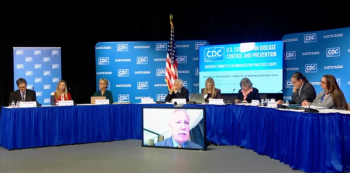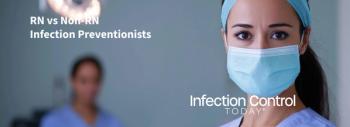
Viewpoint: New UK Data Show BA.2 Variant Produces More Frequent Hospitalizations Than Omicron
Evidence shows the BA.2 variant is more infectious and virulent than the Omicron variant.
As the United States continues to open and drop mandates, the BA.2 variant of SARS-CoV-2 is surging in many countries in Europe. The growing consensus is that this variant could be up to
There have been many news reports citing early data that indicate BA.2 has the same virulence as the Omicron variant (BA.1). This consensus occurred despite laboratory evidence showing the virus has a greater propensity to attack the lungs and
New data is beginning to emerge for the BA.2 variant, and the results do not look good. Data from the United Kingdom show the BA.2 surge to be about half that of the Omicron surge. However, the
The BA.2 variant also may evade immunity to a greater extent than the Omicron Variant.
In the United States, cases are no longer dropping. Nationally, the case rate appears to have reached bottom and, in several states, cases are increasing. As of April 5, 2022,
Neither natural infection or a 2-course mRNA vaccine provides adequate protection as immunity wanes over time. Those who have had a recent Omicron infection may have greater protection. However, with only 66% of the United States’ population being fully vaccinated and
Newsletter
Stay prepared and protected with Infection Control Today's newsletter, delivering essential updates, best practices, and expert insights for infection preventionists.






